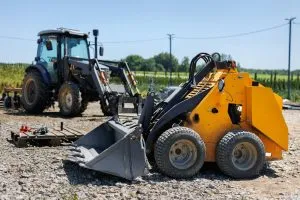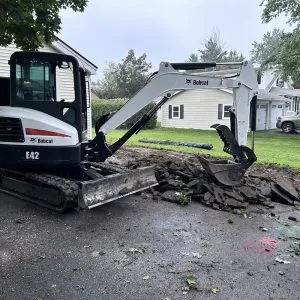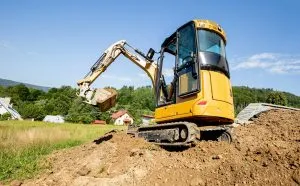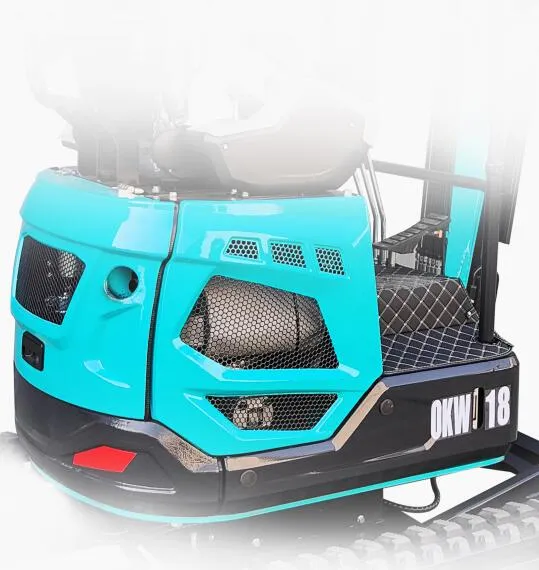Breaking hammer is one of the most commonly used attachments for excavators, and it is often necessary for breaking operations in demolition, mine, and urban construction. If the breaking hammer is misused, it will delay the construction period and easily damage the breaking hammer. So, how should the breaker be used?
Check and maintain around the machine before use
Just like before driving a car, it needs to be checked around the car before the breaker works. First, check whether the breaker’s high and low-pressure hoses are loose and check whether there is any oil leakage in other places. Besides, regularly check the nitrogen pressure inside the breaker.

Vertical hit
Before the breaker works, place the steel drill vertically on the broken object, confirm that the steel drill is stable, and then turn on the breaker. During the crushing operation, it is also necessary to ensure that the steel drill is perpendicular to the object to be hit; if it is inclined to the hitting surface, the steel drill may slip and deviate, which will damage the steel drill and piston of the hammer.

Empty hitting is strictly prohibited
When the breaker is working, the steel drill must always be close to the hit object. If the hit object is broken, please stop hitting immediately. Dry hitting will cause severe damage to the steel drill, flat pin, steel drill seat, front cylinder block, and bolt rod.

Don’t use steel drill as a crowbar
The role of the steel drill is limited to vertical strikes. Do not use the drill rod to pry the stone because this will bend the drill rod at light and damage the hammer’s internal structure.

Don’t break work in water
The breaker is not a closed structure. It cannot be immersed in water at ordinary times, damaging the piston cylinder and contaminating the excavator’s hydraulic oil circuit. So try not to work in rain or water; under exceptional circumstances, except for steel drills, other parts cannot be immersed in water.

Don’t hit too long
When the breaking hammer works, it transmits enormous energy to the rock. If the gemstone is broken in time, the power is released. If the rock hardness is high and the stone is still not broken after repeated blows, the power cannot be released in time. It must be converted into tremendous thermal energy. The drill rod tip temperature can reach more than 400 degrees Celsius, resulting in decarburization and softening of the drill rod. The surface appears. The reeling knife even drops off.






